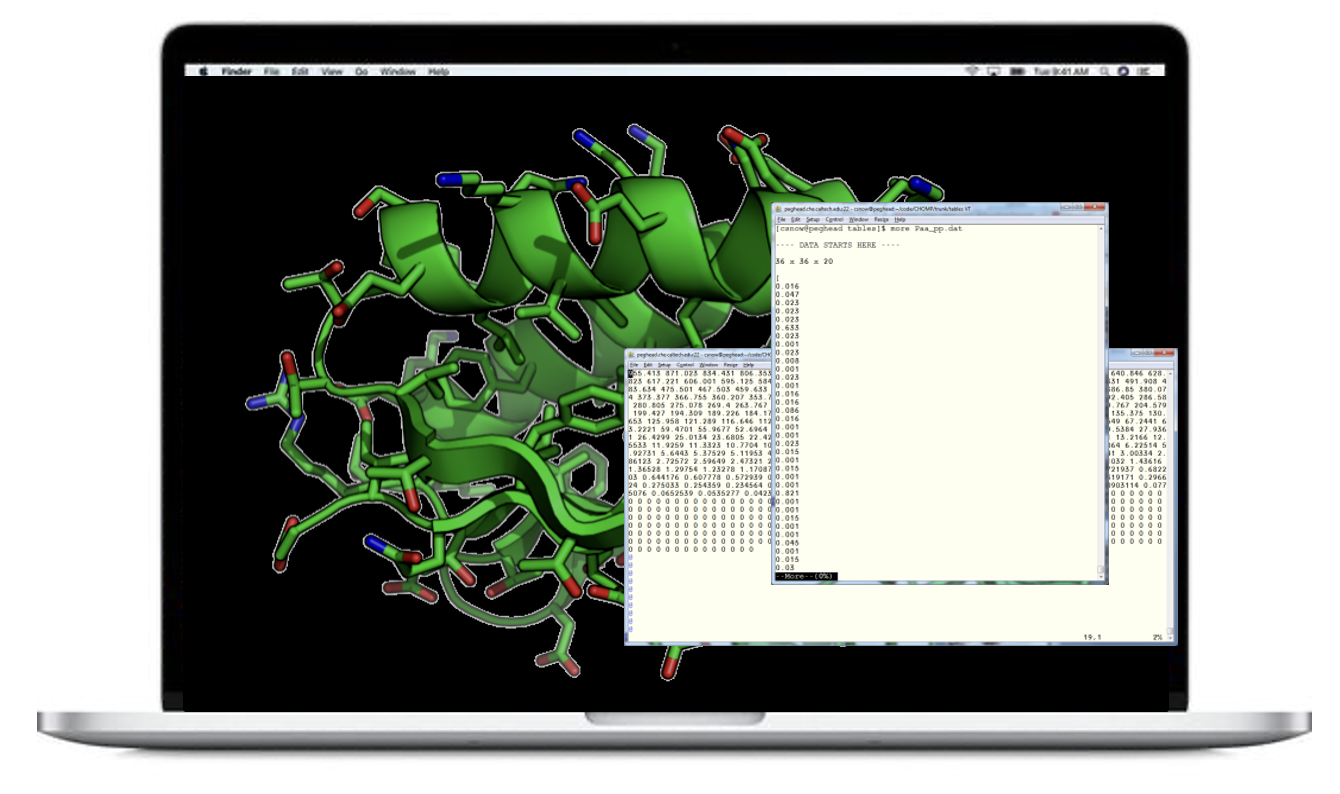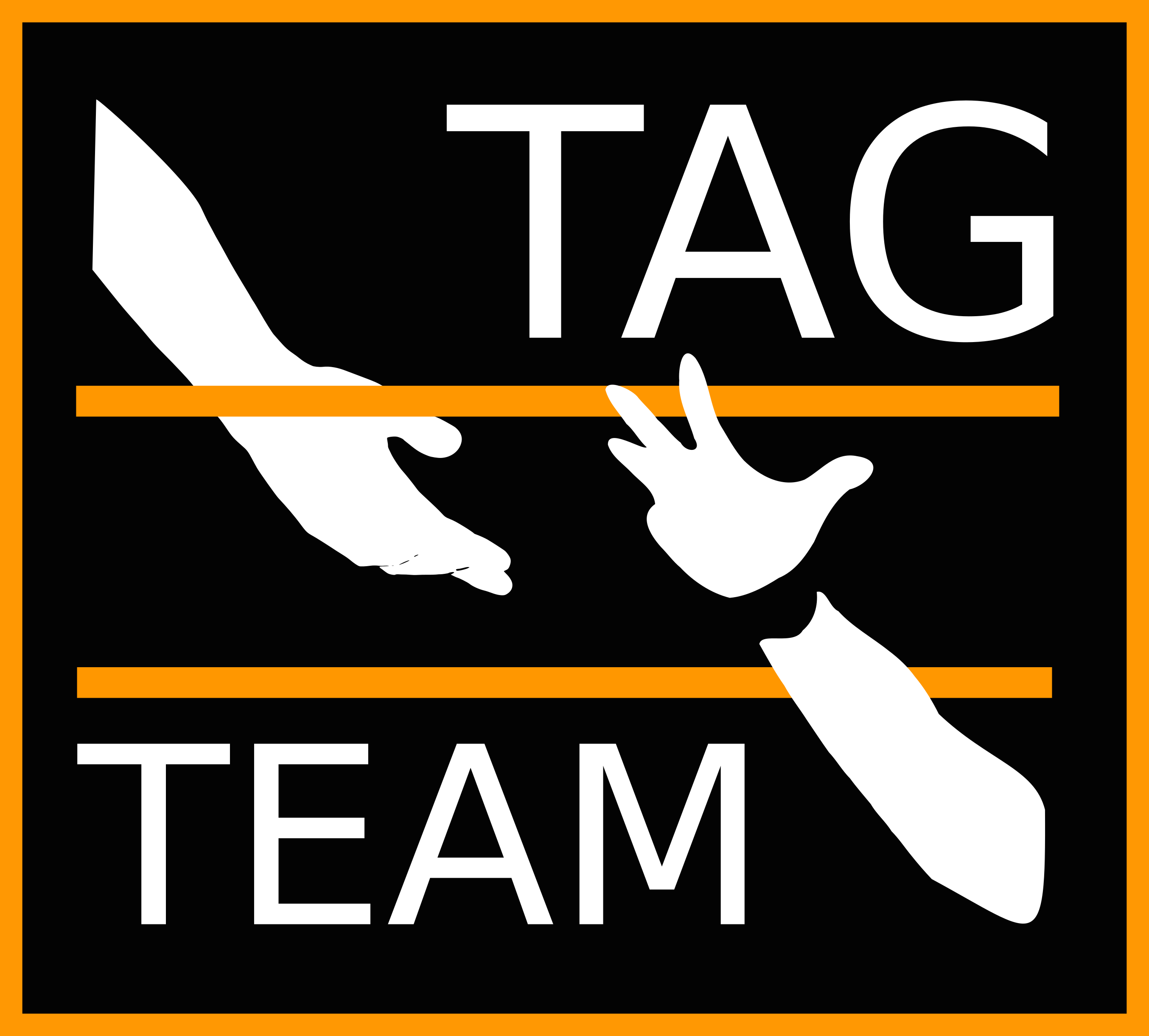Recruiting
 As of August 2023, the Snow lab is currently engaged with over 9 collaborative research projects (see below), with funding from the National Institutes of Health, National Science Foundation, the Anschutz Family Foundation, the U.S. Department of Agriculture, and the Foundation for Food & Agricultural Research. Pending projects are diverse, from designing biomaterials for long-term mcarbon capture to designing multi-domain proteins for the detection of nucleosomes carrying different ubiquitination marks.
As of August 2023, the Snow lab is currently engaged with over 9 collaborative research projects (see below), with funding from the National Institutes of Health, National Science Foundation, the Anschutz Family Foundation, the U.S. Department of Agriculture, and the Foundation for Food & Agricultural Research. Pending projects are diverse, from designing biomaterials for long-term mcarbon capture to designing multi-domain proteins for the detection of nucleosomes carrying different ubiquitination marks.
To increase our capacity for undergraduate researchers, and for improved continuity, we organize our undergraduate researchers using a semi-autonomous registered student organization BIOMOD. Therefore, interested undergraduate students should email biomod.csu@gmail.com with the following information:
2-3 sentence description of your current and future goals
2-3 sentence description of your research experience
2-3 sentence explanation of your interest in our work
Methods of Interest
Computation-guided Protein Design

The advent of economical gene synthesis is making it easier than ever to engineer improved or completely new proteins. Computational protein design is a promising strategy to take advantage of this new found latitude. Previous computational protein design efforts have led to extraordinarily stable proteins (melting temperatures above 99°C). However, the same algorithms also can lead to unfolded, aggregated, or destabilized proteins. It remains challenging to reliably design properties of interest (structure, stability, catalysis) into synthetic proteins. Furthermore, directed evolution raises the bar for computational design; it is often possible to optimize a protein of interest via screening libraries of random mutants thereof.
We aim to develop new methodology for reliable computational protein engineering via our in-house computational protein modeling and design software as well as state-of-the-art community tools such as Rosetta, ProteinMPNN, RFdiffusion, and AlphaFold2. Ideally, to validate designed proteins or assemblies we solve the crystal structures.
Crystal Engineering
The majority of researchers who grow crystals out of protein or DNA building blocks are structural biologists. Instead, as engineers we are interested in using and improving biomolecular crystals as a high-precision biomaterial with myriad applications (see below). To this end, we routinely express and purify designed protein or DNA building blocks and assembly these into target crystalline lattices. So long as these crystals diffract X-rays we can determine the all-atom structures and use structural models to improve the materials.
Molecular Simulation
Dr. Snow was a Ph.D. student in Vijay Pande's group at Stanford (2001-2006) -- during the early years of the Folding@Home distributed computing project. When it makes sense to do so, we still take advantage of molecular simulation to guide our design and engineering of individual proteins or assemblies. For example, when we have designed a new protein or nucleic acid system, we will ideally have the chance to validate the design using simulation prior to experimental testing. The nature of the molecular simulation is problem dependent. We tend to use all-atom GROMACS simulations for validation of proteins and coarse-grained oxDNA simulations for nucleic acid systems.
Directed Evolution
Dr. Snow was a postdoctoral fellow in Frances Arnold's protein engineer group at Caltech (2006-2011), before Frances was awarded the Nobel prize in 2018 for her role in promoting enzyme directed evolution. Here at CSU we can also pursue directed evolution in particular and library-scale protein engineering in general using plate readers, flow cytometry, fluorescence scanners, colony pickers, liquid handling robotics, etc.
Traditional Molecular Biology and Protein Production
Students in the group can expect to develop a strong foundation with traditional skills in basics such as cloning, transformation, expression, purification, absorbance spectroscopy, fluorescence spectroscopy, and electrophoresis. We typically rely on the methods that are very well established such as working with E. coli and routine chromatography for purification. In addition to shake flask production, we are actively engaged with optimizing production of our proteins in bioreactors.
Next-generation Sequencing
Recently we've begun using next-generation sequencing (NGS) for a project involving the construction, deployment, and recovery of modular DNA marker sequences. Given the remarkable depth of the resulting datasets, we expect to continue to integrate this technology into our efforts to engineer our molecules and assemblies. For analysis, we can write custom Python code in addition to using standard programs.
Uncommon Skills
In addition to the foundational skills above, students also develop less common skills such confocal microscopy, bioconjugation chemistry, protein crystallography, high-throughput crystal growth experiments, X-ray diffraction (Rigaku & synchrotron beamline), particle sizing using tunable resistive pulse sensing, dynamic light scattering. Many students in the group retain a strong computation/modeling component in their projects. Additionally, we construct simple microfluidic devices for various projects including an effort to make inexpensive shelf-stable biosensors that integrate our engineered protein crystals as "detector pixels". Notably, this project is the current focus of the biomolecular engineering undergraduate student group CSU BIOMOD. Strategically, BIOMOD provides a way for the Snow lab to provide a larger number of undergraduates with research experiences.
Applications of Interest
Engineered Porous Protein Crystals as Programmable Molecular Scaffolds
We have a utility patent on the use of crosslinked porous protein crystals with guest macromolecules. Most often we use "CJ crystals" where a protein building block self assembles into hexagonal crystals with an array of 13-nm diameter nanopores that run the height of the crystals. The resulting crystals have a large capacity for diverse macromolecular guests, and we've made novel materials by loading these crystals with nanoparticles, fluorescent proteins, enzymes, and DNA. Essentially, these crystals consistute an exciting high-precision biomaterial, where we can tune the application by selecting which functional guests molecules are installed within the crystals.
Designed Proteins for Intracellular Imaging
 With CSU support, and later NIH support, a cross-campus collaboration "TagTeam" has combined protein engineering (Snow) with molecular virology (Geiss) and advanced microscopy (Stasevich). Long term, this collaboration aims to engineer proteins that can find and bind short unstructured peptides inside of living cells, and thereby provide an appealing alternative to classical methods such as labeling proteins of interest with fluorescent protein fusions.
With CSU support, and later NIH support, a cross-campus collaboration "TagTeam" has combined protein engineering (Snow) with molecular virology (Geiss) and advanced microscopy (Stasevich). Long term, this collaboration aims to engineer proteins that can find and bind short unstructured peptides inside of living cells, and thereby provide an appealing alternative to classical methods such as labeling proteins of interest with fluorescent protein fusions.
Biosensors
The crystalline form is a remarkably concentrated and stable state for proteins. One of our long-term aims is to take advantage of this high concentration and stability to engineer protein crystals to serve as biosensor "readouts". Essentially, these conditionally luminescent protein crystal "pixels" will emulate the lantern of a firefly. We build simple prototype microfluidic devices that will integrate these pixels using laser cut layers of adhesive and transparency.
Designed Enzyme Libraries for Biotechnology
Using computational modeling to guide us, we engineer enzyme libraries of varying sizes. We've screened large libraries of fluorogenic proteins using flow cytometry and screen smaller libraries using fluorescence plate scanning. Our ONR project, "Odor Encoder", involves designing enzymes with odorant products where activity depends on the presence of a small molecule trigger.
Engineered Porous Protein Crystals for Vector Tracking
In collaboration with Rebekah Kading's laboratory, and with funding from the NIH, the CCTSI, the One Health Institute, and CSU, we've been exploring the utility of loading information-bearing DNA into suitably engineered protein microcrystals. We have encouraging experimental results that suggest that such particles can be used to mark mosquitoes with a persistent synthetic DNA marker sequence. In combination with next-generation-sequencing a large modular DNA barcode library may be used to enable mosquito tracking with unprecendented spatial and temporal precision. This application is the subject of another patent application.
Engineering Protein-DNA Co-Crystals as Programmable Molecular Scaffolds>
Given the numerous applications of interest that we have found for porous protein crystals, we have a NSF project that aims to design a new family of porous crystals that feature both protein and DNA building blocks. The resulting scaffold crystals will offer additional opportunities for site-specific installation of guest molecules, thereby furthering our long-term goal of creating precise crystals that can serve as "molecular peg boards". Compared to other types of nanobiotechnology, the envisioned crystals will offer unique opportunities for high-resolution structure determination.
Projects Involving Protein or Enzyme Engineering
| Project Summary | Funding | Collaborating Groups |
|---|---|---|
| Developing a living olfactory sensor via nasal microbiome engineering | ONR | Christie Peebles |
| Developing chimeric scFvs for intracellular fluorescence labeling | NIH | TagTeam: Tim Stasevich, Brian Geiss, Ning Zhao |
| Developing intracellular enzymes for nanoparticle synthesis as an electron microscopy labeling strategy | NIH | Chris Ackerson |
| Supplement production via enzyme design and directed evolution in collaboration with industry | NSF & FFAR | Sasya |
Projects Involving Biomolecular Crystals
| Project Summary | Funding | Collaborating Groups |
|---|---|---|
| DNA-Laden protein crystals for mosquito tracking | Rebekah Kading | |
| Design of DNA-protein co-crystal scaffolds | NSF | |
| Converting DNA-protein co-crystal scaffolds into dynamic "living" crystals | NSF | |
| RNA-Laden protein crystals for RNA delivery | Katherine Horak (NWRC) | |
| SpikeCatcher protein crystals for the capture of CoV-2 virions from waste water | Anschutz Foundation | Susan De Long, Carol Wilusz, John Mizia,... |
| Applying crystallography, biochemistry, and simulations to understand detailed movements of CoV-2 enzyme nsp13 | NIH | Martin McCullagh (OkSU), Brian Geiss |
| Conditionally luminescent protein crystals as sensor pixels for inexpensive shelf-stable biosensors | Nelson Family Faculty Excellence Award | Brian Geiss |
| MOF-Laden protein crystals for chemical threat deactivation | Melissa Reynolds | |
| Polymer-laden protein crystals for creating a tunable interaction surface for cells | Matt Kipper | |
| Creating novel materials by combining luminescent lanthanides with biomolecular crystals | Jianguo Tang (Qingdao) |